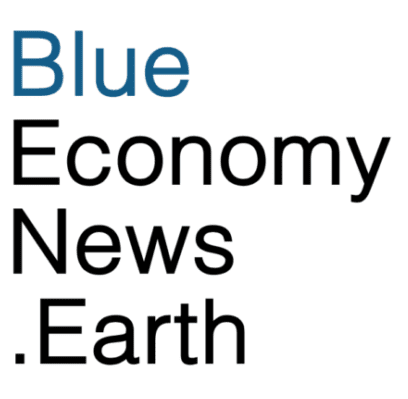A recent Blue Paper commissioned by the High Level Panel for a Sustainable Blue Economy shows an interesting, somewhat forked journey for growing a sustainable Blue Economy. On one hand, if a Sustainable Blue Economy is supported, it could gain 51 million jobs by 2050; if not, it could lose 40 million, both relative to a 2019 baseline.
And on one hand a promising blue economy future is fueled by technological innovation such as ocean renewable energy, ocean data analytics, marine conservation and restoration, and sustainable resource management which create opportunities for high-skilled employment and career advancement.
On the other is the promise of subsistence fishing, the largest source of income in the blue economy. If subsistence is defined as taking only as much as you need—which is a cultural, ethical and environmental value for many indigenous cultures–it is potentially the most sustainable industry in the blue economy since commercial fishing operations discard roughly 360,000 tons of seafood annually.
Because the data collection methodology was considered unreliable, the 100 million subsistence fishing jobs weren’t factored as a hard number into the report, titled The Future of the Workforce in a Sustainable Ocean Economy. But if added to the 24 million fishing jobs counted by reliable methods, the fishing industry becomes the largest in the Blue Economy with 124 million out of 133 million.
The largest employer after fishing is marine and coastal tourism with 79 million jobs followed by marine transportation with an estimated 19 million jobs.
If we rapidly pursue a sustainable ocean economy, the report said, employment could grow by 51 million by 2050, to over 184 million jobs (or 284 million with subsistence fishing). However if the transition to a sustainable ocean economy is stalled, employment falls by nearly 40 million jobs to just over 91 million.
Where are the ocean jobs?
The report said job growth is most likely in areas that combine technological innovation with environmental stewardship such as marine renewable energy, sustainable aquaculture and marine biotechnology. The growing demand for expertise in ocean data analytics, marine conservation and restoration, and sustainable resource management also creates opportunities for high-skilled employment and career advancement in environmental monitoring, ecosystem restoration and the development of sustainable technologies. The ocean economy also presents opportunities for entrepreneurship and innovation, particularly in areas where sustainable approaches can enhance traditional practices.
However, the report notes a significant skills gap between current workforce capabilities and the requirements of emerging sustainable industries, especially in developing nations and remote coastal communities that lack economic diversity, access to information, training and educational resources, and business opportunities. The challenge, researchers said, is compounded by rapid technological change, which requires workers to continuously update their skills and adapt to new ways of working. Regional disparities present another significant challenge. Different regions of the world face varying obstacles in transitioning to sustainable practices. Some do not have the necessary infrastructure.
Additionally, climate change already threatens traditional ocean-based livelihoods, particularly in vulnerable coastal communities and small island developing states (which have contributed least to the emissions disrupting our planet’s climate). This raises issues of social equity, including addressing gender disparities in ocean-based industries, protecting the rights and livelihoods of Indigenous peoples, and ensuring that workers in declining sectors have access to new opportunities.
The researchers say key actions moving forward include
•Governments must develop and actively support policy frameworks, such as sustainable ocean plans, that create incentives for sustainable practices, supporting research and development and implementing regulations that promote environmental protection, sustainable production and social equity. They includes investing in education and training programs that prepare transitioning workers and new entrants into emerging employment opportunities.
•Private sector organizations are key to the success of the transition. If it is to succeed they must further embrace sustainable practices, investing in workforce development and creating new business models that balance profit with environmental stewardship.
•Financial institutions are also essential to fund infrastructure and workforce training programs through innovative funding mechanisms to support the transition, including green bonds, impact investing and other instruments that can channel capital towards sustainable ocean industries.
•Educational institutions must adapt their curricula to meet emerging skill requirements while ensuring that training programs are accessible to diverse populations. This includes developing new courses and certifications that combine technical knowledge with sustainability principles and creating flexible learning pathways that accommodate working professionals.
•Civil society organizations must provide advocacy and community engagement, as well as monitor progress, to help ensure that the transformation of the ocean economy serves both people and the planet.
Of course all efforts to develop a sustainable Blue Economy depend utterly on our ability to protect the ecosystems these jobs are based on in the face of rising sea temperatures, coral bleaching, damage by destructive fishing practices, pollution and other factors.

